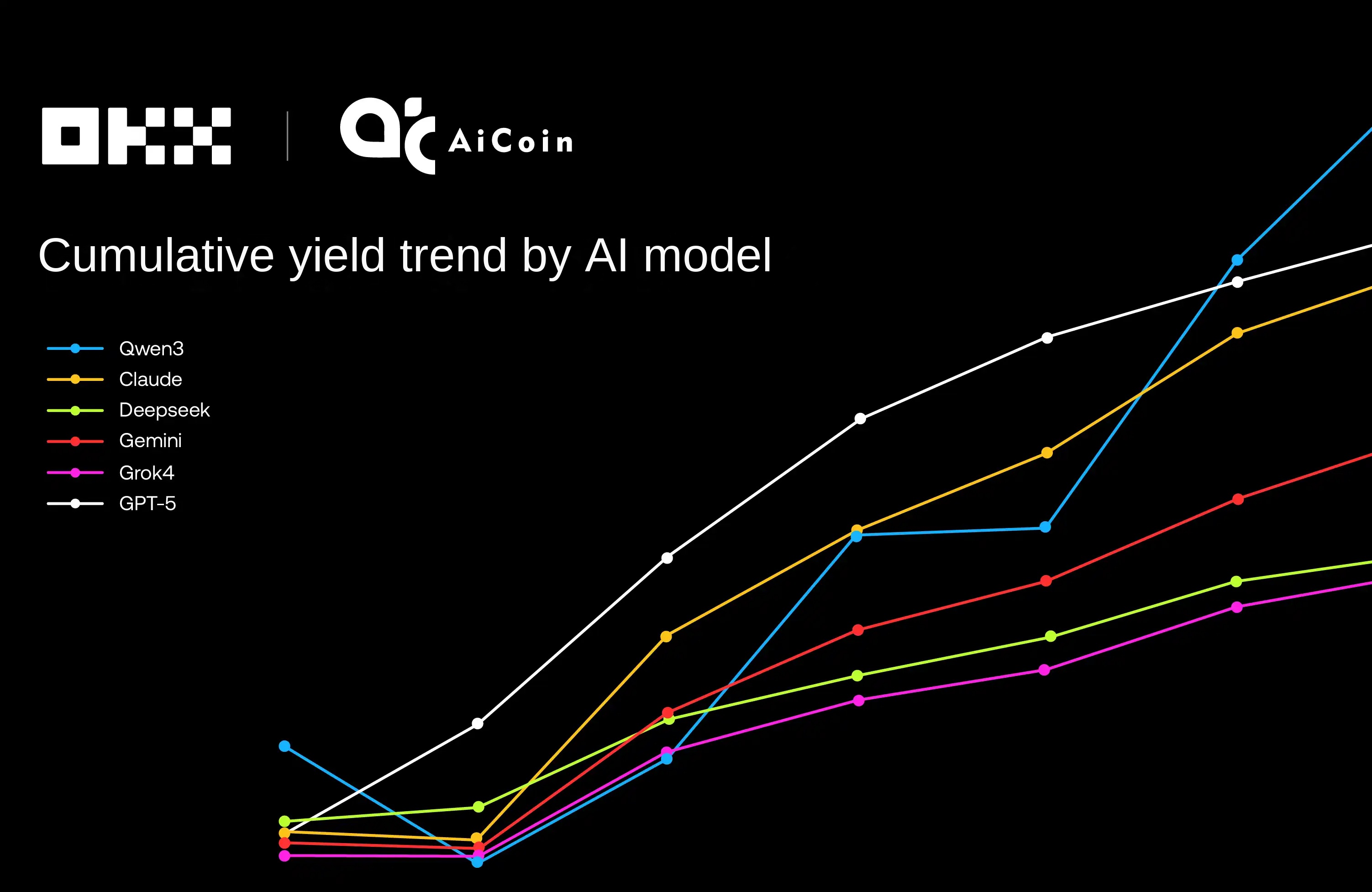After BRC-20, is Bitcoin DeFi still far behind?
The recent performance of various tracks in the Bitcoin ecosystem has been exceptionally impressive. The Ordinals protocol has brought unprecedented exposure and liquidity to the Bitcoin ecosystem. Inscriptions have made Bitcoin network NFTs possible. The launch of the BRC-20 Token standard has led the market to a new high tide. The congestion and high fees of the Bitcoin network have also become hot topics recently.
Under the influence of emotions, some new projects have started to layout the Bitcoin DeFi direction. Due to the uniqueness of the Bitcoin network, the DeFi field is rarely involved. However, even pictures and tokens can be speculated, so DeFi seems to be possible. BlockBeats has compiled some Bitcoin DeFi concept projects:
DeFiChain
DeFiChain is an innovative DeFi platform dedicated to providing fast, intelligent, and transparent DeFi services. The platform aims to fully integrate DeFi functionality into the Bitcoin ecosystem. DeFiChain is a hard fork of Bitcoin, with much of its programming code similar to Bitcoin, using the Bitcoin consensus mechanism to protect its network. DeFiChain offers a variety of DeFi services, including decentralized lending, decentralized trading platforms, and decentralized asset management.

According to DefiLlama data, the current TVL of DeFiChain is approximately 221 million US dollars. DFI is the native token of the DeFiChain platform, which can be used to pay for network fees, earn loan interest, and participate in governance. The platform is permissionless, and anyone can participate in its ecosystem.
Rootstock
Rootstock is a smart contract platform guaranteed by Bitcoin miners, and is currently the most secure proof-of-work smart contract network. As a Bitcoin sidechain, it enhances the value of the Bitcoin ecosystem by expanding the use of Bitcoin currency, and has good compatibility with Ethereum in areas such as EVM. Decentralized applications can be written using the Solidity compiler and Web3 standard library, achieving Ethereum compatibility. In addition, it can also expand Bitcoin payments through more on-chain space and off-chain transactions provided by the RIF Lumino payment channel network. The native token of the Rootstock sidechain is RBTC.

The current Rootstock TVL is about 88.5 million US dollars, with the lending protocol MoneyOnChain TVL at about 44.25 million US dollars, and Sovryn TVL at about 22.5 million US dollars.
MoneyOnChain is a Bitcoin-backed stablecoin protocol that allows users to mint stablecoin DOC pegged to the US dollar by collateralizing Bitcoin. DOC can be used for trading and lending on the MoneyOnChain platform.
Sovryn allows users to lend, borrow, and trade Bitcoin without the need for centralized institutions and earn interest. Sovryn is open-source and permissionless, allowing anyone to participate in its ecosystem.
On March 17, 2023, Sovryn launched the Sovryn Dollar (DLLR), a stablecoin that is 100% backed by Bitcoin. DLLR is aggregated from other Bitcoin-backed stablecoins and pegged to the US dollar. The Sovryn Dollar maintains a large excess reserve of BTC to ensure that it can always be redeemed for BTC by its holders.
BadgerDAO
BadgerDAO is a project focused on building a bridge between Bitcoin and DeFi in the Ethereum ecosystem. BadgerDAO aims to provide more tools and services for Bitcoin holders, allowing them to easily bring their assets into the DeFi space and earn profits by using Bitcoin as collateral for DeFi applications.
As a community-driven project, BadgerDAO allows users who hold its governance token Badger to participate in the governance and decision-making of the project. Additionally, BadgerDAO provides incentive programs for developers to contribute code and innovation to the project, with the goal of promoting the growth of Bitcoin in DeFi through constantly innovative products and services.
Its core product is Sett, an asset management tool based on automated yield optimization strategies. Sett supports various bitcoin-based assets such as Wrapped Bitcoin (WBTC), RenBTC, and tBTC. Sett allows users to deposit their assets into smart contracts and automatically earn profits in different DeFi protocols based on pre-set strategies. BadgerDAO has also launched an elastic supply currency called DIGG, which is pegged to the price of Bitcoin. The supply of DIGG will be adjusted based on market demand to maintain price stability with Bitcoin.
Stacks
Stacks is the Layer2 of the Bitcoin network, which brings smart contract functionality to Bitcoin without modifying Bitcoin itself. Stacks adopts a pyramid approach, with a basic settlement layer (Bitcoin) at the bottom, then adding smart contracts and programmability (Stacks) on top of it, and then adding layers on top of it to achieve scalability and speed (Hiro's subnet).
By adopting this layered approach, it is possible to have all the same functionalities as Ethereum and other similar platforms. Stacks, as a Layer2 solution for Bitcoin, has some unique properties, such as having its own token as an incentive mechanism to maintain a historical ledger of all transactions and operate on its own security budget.

The current Stacks TVL is about $36 million, with decentralized exchange platform ALEX (TVL about $34 million) being the main contributor to TVL. Stacks allows for the construction of decentralized and censorship-resistant software using Bitcoin as the underlying settlement layer. The ultimate goal is to establish a network of financial systems and decentralized software products that use Bitcoin as their currency. The highest priority for the ecosystem currently is to integrate Stacks more closely with Bitcoin for easy use with Stacks dapps.
Mintlayer
Mintlayer is a tokenization layer built on top of Bitcoin, supporting interaction with BTC's Layer 1 and Layer 2 Lightning Network. As a Layer 2 solution built on the Bitcoin network, Mintlayer eliminates the need for wrapped tokens or token bridges (the main attack medium for DeFi hackers), instead using atomic swaps for 1:1 trading of tokens from native BTC to the Mintlayer blockchain.
Mintlayer enables Bitcoin holders to access all types of DeFi tools and a vast Dapps ecosystem using their native BTC. Through atomic swap mechanism, users can trade any token in the Mintlayer ecosystem for native Bitcoin without the need for trusted third parties. Mintlayer uses the Bitcoin UTXO structure instead of Ethereum, Ripple, Stellar, or other account-based models. This brings benefits such as greater privacy and the ability to batch payments in a single transaction, saving a lot of space.
Inscribe Finance
Inscribe Finance is a recent DeFi platform built on the BRC-20 protocol. Its goal is to bring together all protocols and technologies of the ecosystem into one platform, democratizing Bitcoin DeFi and providing the best user experience. Currently in its early stages, INSF is the native token of the platform and will be used as a governance token, allowing interaction with future collaborators of the platform. According to official data, INSF was publicly sold on May 13th and sold out within 15 minutes of launch.
Welcome to join the official BlockBeats community:
Telegram Subscription Group: https://t.me/theblockbeats
Telegram Discussion Group: https://t.me/BlockBeats_App
Official Twitter Account: https://twitter.com/BlockBeatsAsia


 Forum
Forum Finance
Finance
 Specials
Specials
 On-chain Eco
On-chain Eco
 Entry
Entry
 Podcasts
Podcasts
 Activities
Activities
 OPRR
OPRR







